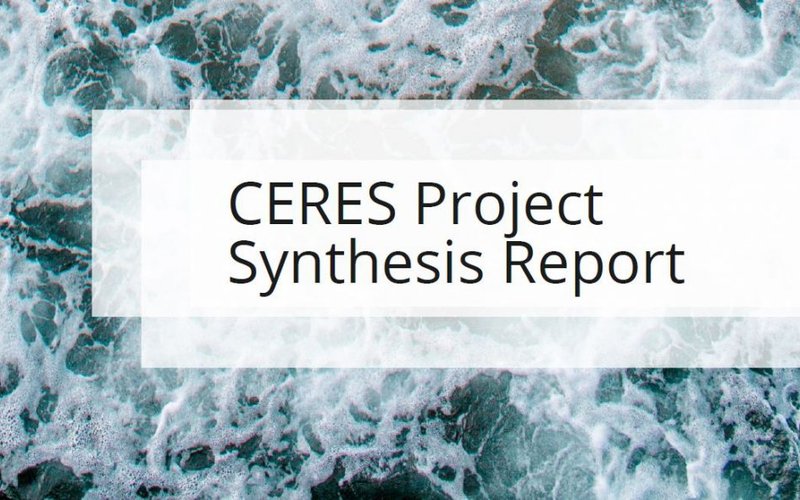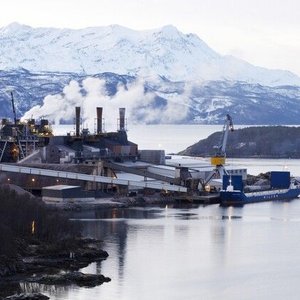The report focuses on the most commercially valuable fish and shellfish to identify the risks, opportunities, and uncertainties of climate change for Europe’s fishery and aquaculture communities. The report’s results mean that fishery and aquaculture businesses and decision-makers in these Blue Growth sectors can now better anticipate, prepare and adapt to climate change and identify future opportunities.
The report utilized a bioeconomic model based on the supply and demand of commodities to examine future prices of fishmeal and fish oil under each of the four socio-political scenarios that were created for the study. Among the scenarios, the highest prices for fishmeal (€2,282/ton) and fish oil (€1,921/ton) were obtained in some of these scenarios. These projections are important as approximately 50% of European finfish aquaculture production currently relies on fishmeal and fish oil sourced from countries outside of the European region such as Peru and Chile. Understanding the uncertainty of prices under alternative climate change scenarios provides useful information on the potential level of exposure of Europe’s aquaculture farms to the effects of climate change on fisheries.

Prices for fishmeal (dotted lines) and fish oil (solid lines) through 2050 across the four CERES scenarios.
Other results found in the report include:
- Details of the physical, biogeochemical, biological impacts of climate change on fish and shellfish on 37 valuable fishery and aquaculture species.
- Estimates of the profitability of a variety of fleets (mixed- or single-species demersal and pelagic fisheries) across five regional seas using four climate change scenarios.
- Ten species- and region-specific “typical Farms” and calculated the economic consequences of four PESTEL (political, economic, social, technological, environmental, and legal) climate change scenarios.
- Vulnerability rankings for the European aquaculture sector based on physiological tolerance of nine key species and national economic data for 22 nations.
- Projections of how climate change will affect global fishmeal and fish oil trade.
- Bottom-up (industry-driven) and top-down (policy) solutions.
The CERES project (Climate change and European aquatic Resources) was funded under the EU Horizon 2020 program from 2016 to 2020. CERES was designed to advance a cause-and-effect understanding of how climate change will influence European fish and shellfish resources and the economic activities depending on them.
Download the report here. There are also case studies available showing how climate change will affect specific species and regions.










